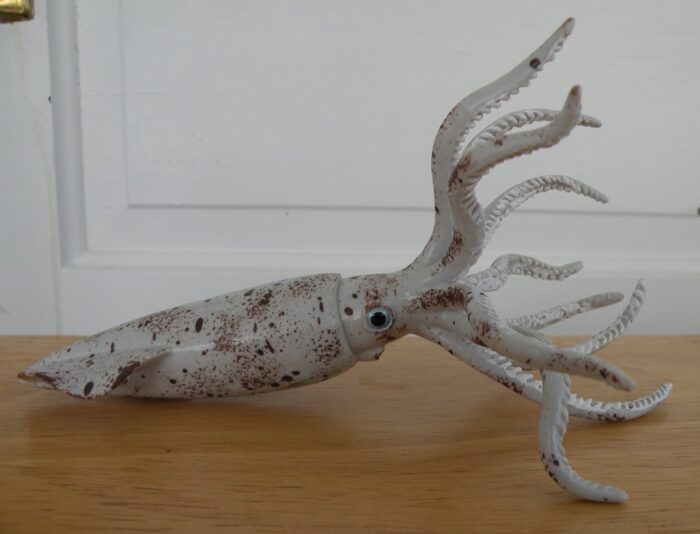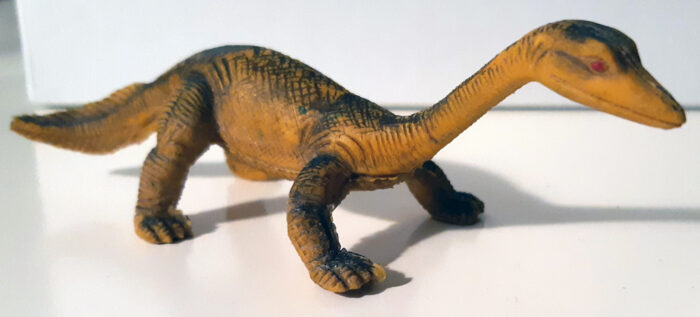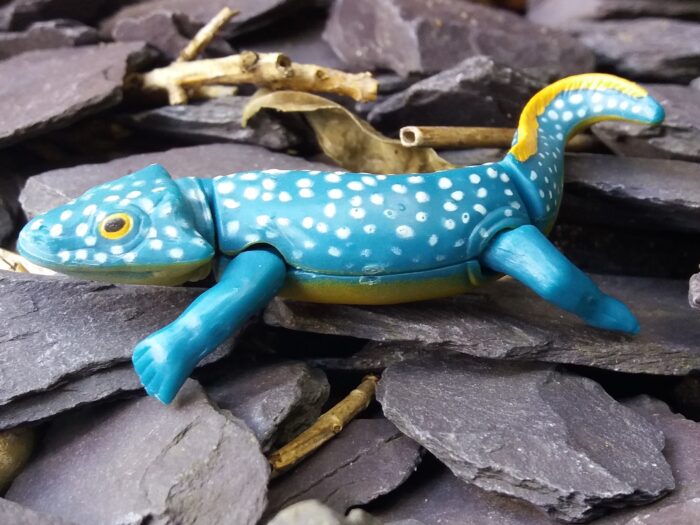CollectA has long been at the forefront of producing obscure toys of prehistoric animals but by and large they’ve all been tetrapods; four legged vertebrates and their descendants. This includes a variety of dinosaurs, pterosaurs, marine reptiles, and mammals. But this year CollectA has raised the bar and released four prehistoric invertebrate figures: a trilobite (Redlichia rex), Orthoceras, Pleuroceras ammonite, and a belemnite.
Age: Triassic
Review: Herrerasaurus (McDonald’s Happy Meal Exclusive by Schleich)
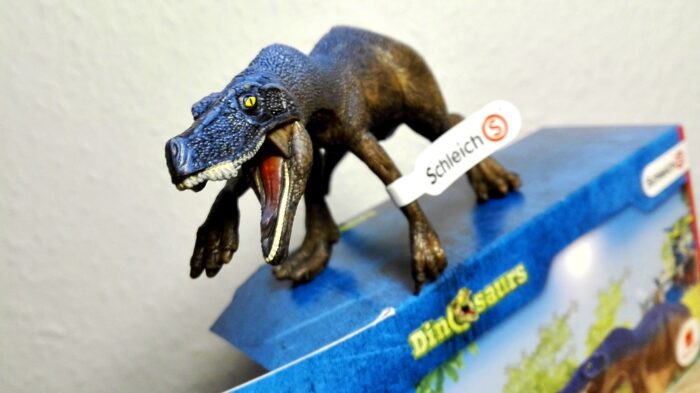
Review and photographs by Stolpergeist, edited by Suspsy
Schleich has a long history of collaborating with other companies to make exclusive figures, including small giveaways that represented company mascots, figures that were simply animals with corporation logos printed on them, or the figures available in the Schleich magazines by Blue Ocean Entertainment.
Review: Caviramus (Deluxe by CollectA)
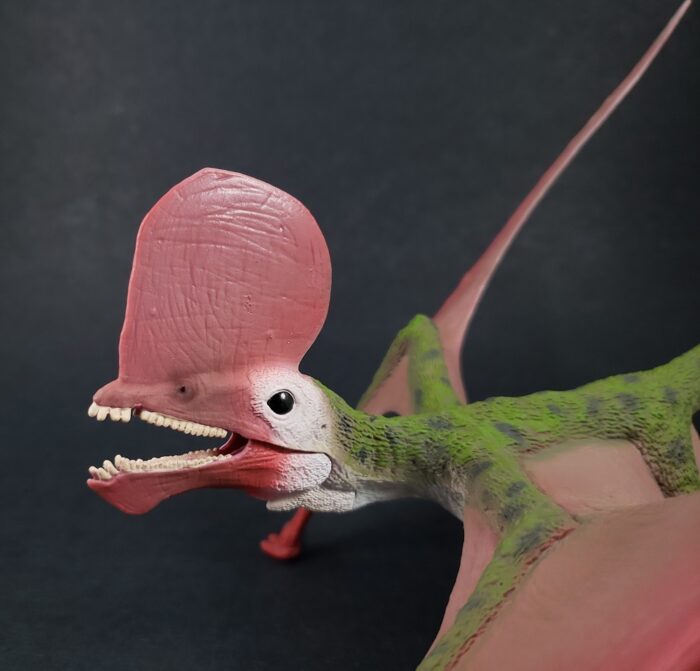
At this point I think it’s fair to say that a new large-format pterosaur is among the highlights of CollectA’s new figure announcements. They don’t quite come every year, but they do seem to be coming more frequently. This year’s choice was one of the earliest pterosaurs, the peculiar Caviramus schesaplanensis from the Rhaetian (Late Triassic) of what would become Eurasia.
The first specimen of Caviramus was only a broken lower jaw which showed evidence of heavy teeth and an unusually low joint.
Review: Nothosaurus (Imperial)
Review: Lisowicia (CollectA Deluxe)
Review: Postosuchus (Jurassic World Savage Strike by Mattel)
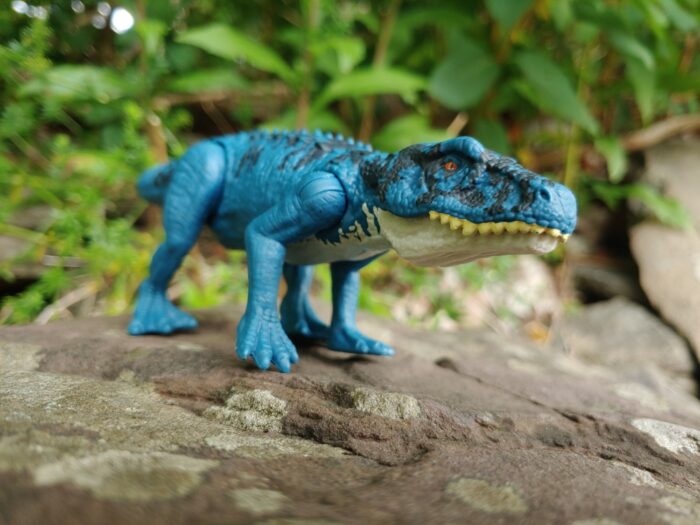
Review and photos by Faelrin, edited by Suspsy
The fauna of the Triassic period was highly diverse with many new branches of life, including those that would soon dominate the globe from the Mesozoic onwards, particularly the archosaurs. Early dinosaurs and pterosaurs themselves aside, perhaps one of the most popular of those Triassic era archosaurs is none other than Postosuchus, having been put in the spotlight thanks to the BBC’s Walking with Dinosaurs series in which it featured many years ago.
Review: Plateosaurus (Marx)
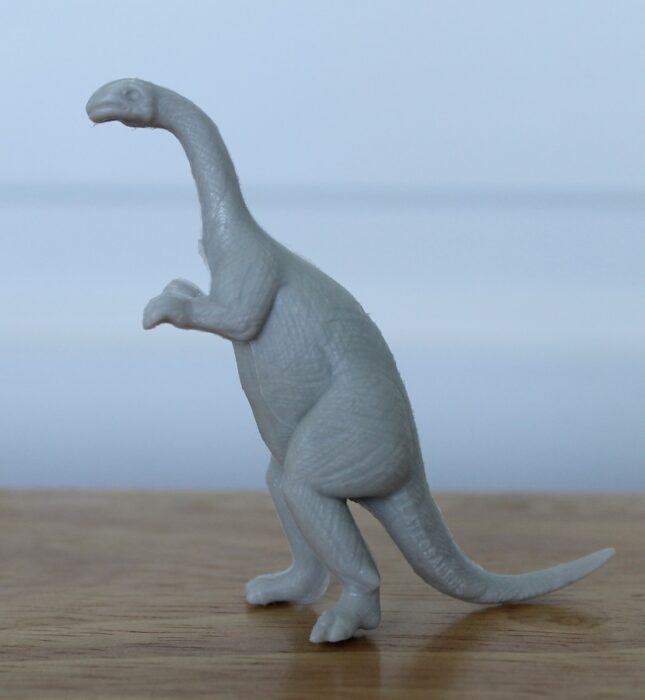
When I originally started reviewing Marx toys I only had four lined up for review but between then and now I’ve collected a few more which will extend my Marx series for the next few reviews. Up until now all of the toys I reviewed were from Marx’s 1961 second series mold group, PL-1083.
Review: Tasmaniosaurus (Lost Kingdoms Series A by Yowie)
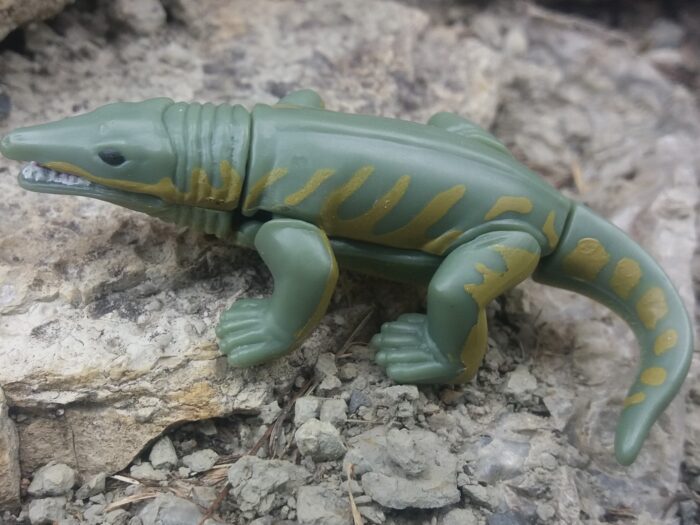
When most will think of extinct animals on the islands of Tasmania, they will think of the Thylacine. While it is very famous, there are, of course, many other extinct creatures that are worthy of note.One such example is Tasmaniosaurus, one of the most complete Triassic reptiles found in Australia.
Review: Deltasaurus (Lost Kingdoms series B by Yowie)
Review: Rutiodon (Kaiyodo)
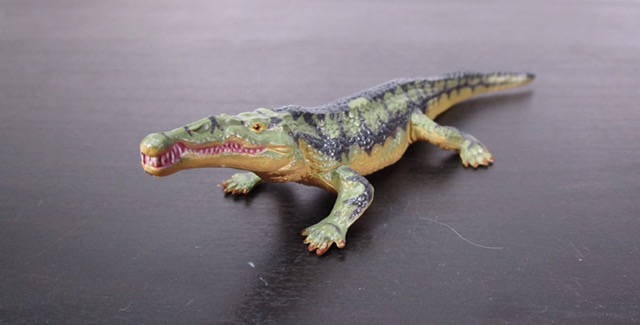
Review and photographs by Loon, edited by Suspsy.
Phytosaurs unfortunately suffer from their superficial resemblance to crocodiles in that they rarely get the level of representation that their more “charismatic” archosaur cousins enjoy. When they do show up, they are usually represented by the late Jurassic Rutiodon, the subject of this review.
Review: Placerias (unknown company)
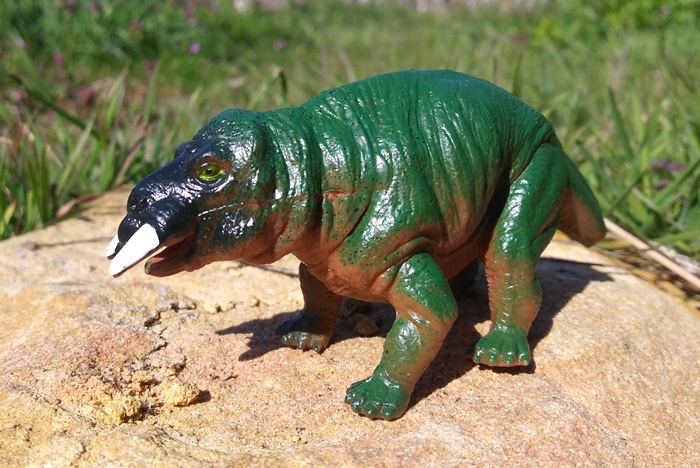
Today I`d like to review a figure that is a quite uncommon in several ways. First of all, it technically already has a review on this blog as part of a box set, but I felt it deserves its own entry.
Secondly, it is a Placerias, a species that, despite its certain popularity for appearing in the BBC series “Walking with Dinosaurs” is neglected by almost any toy company you can name.
Review: Shringasaurus (Wild Safari by Safari Ltd.)
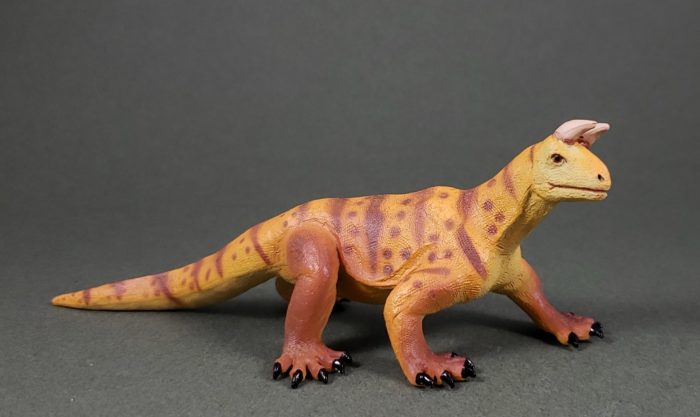
The Jurassic and Cretaceous periods featured tetrapod lineages exploring minor evolutionary variations on a handful of themes. But during the Triassic period, tetrapods evolved into all kinds of strange forms, some of which looked like slightly wrong versions of later animals. One of these is Shringasaurus, which has some features of a sauropod, a ceratopsian, and an iguana, without being particularly closely related to any of them.

